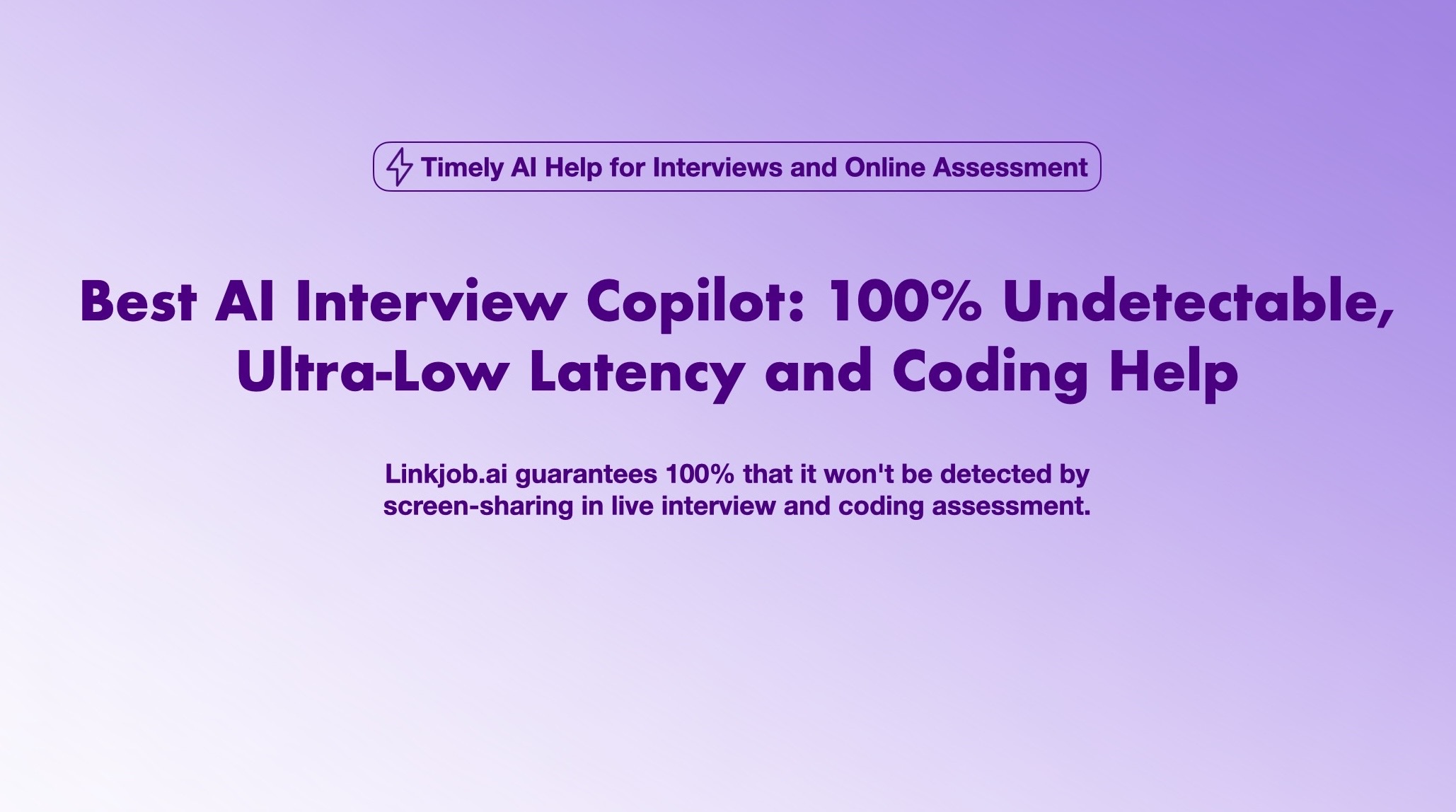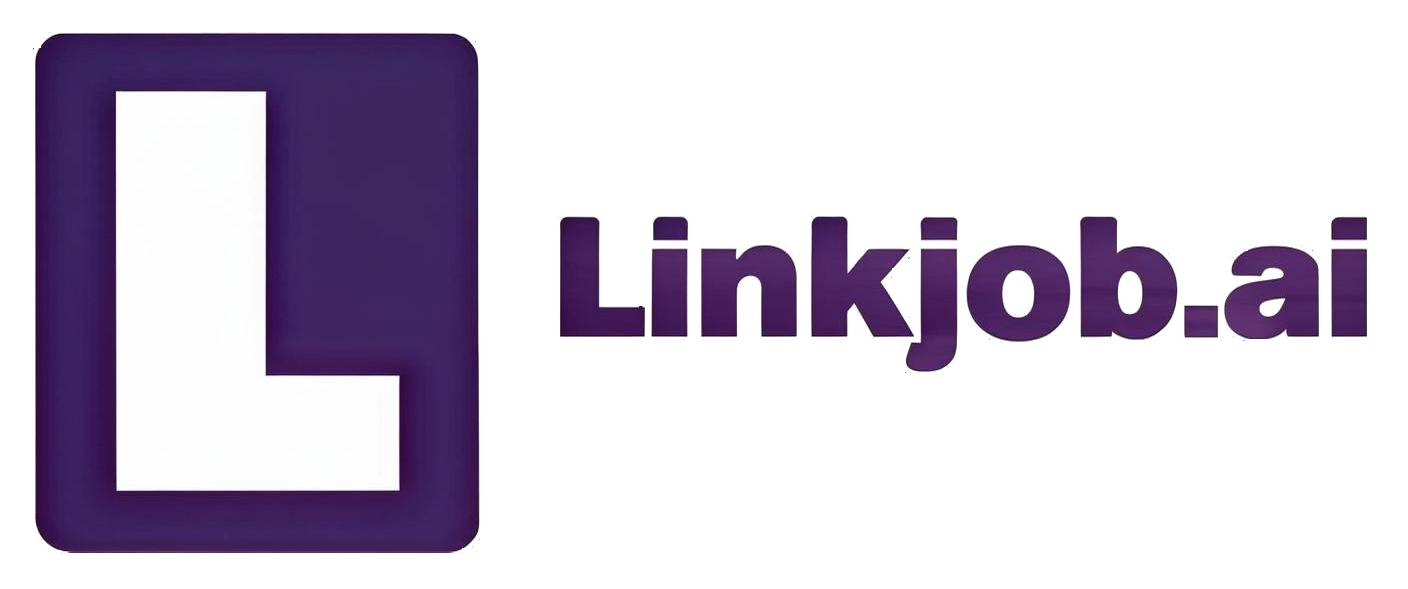How to Prepare for Capital One Data Analyst CodeSignal Questions

When I get ready for a capital one data analyst interview, I always focus on the right skills. I review SQL, practice solving data questions, and work through real business scenarios. I use codesignal questions to test my data analyst skills. During interviews, I pay close attention to how I analyze data and explain my process. I find that strong data skills help me stand out in any capital one data analyst interview. I always make sure my preparation matches the types of questions I expect in these interviews.
Overview:
Early September -Submit resume on the official website
Mid-September - OA
End of September - Passed OA, notified for next step
Early October - HR Call, introduce the position, ask about previous work experience, how much experience, what tools used and give a few examples, etc. Just open your resume and look at it, then schedule the Data Challenge time. Χ
Mid-October - Prep Call, which introduces what to do on Power Day, and explains some notes
End of October - Power Day, Case part asked about harvesting wheat Farming question, and credit card partner question; When doing it, don't rush, explain step by step clearly, the process is more important than the result, even if the result is wrong but the thinking is correct, you can pass For some open questions, you can use the following framework:
Internal
(1) Revenue: Volume (Demand, Supply), Price, ROI. Χ
(2) Cost: Fixed Cost, Variable Cost, Payback Period, Investment.External
(1) Market: Preference, Customer Behavior, Downturn
(2) Competitor: New Entrants, ExitsPerspectives: product, people, pricing, place...
Notes:
Interest rates are generally annual, check if need to convert to monthly or daily
1B = 1,000,000,000=1,000M-baidu 1point3acres
1M = 1,000,000=1,000K Be familiar with this pattern, otherwise the numbers from the calculator will be uncountable
Break(PaybackPeriod) = Initial Invest / Annual Profit = Cost/Profit
Profit Margin = Profit/Revenue
When calculating breakeven, Revenue = Cost
ROI = Annual Profit / Initial InvestmentI highly recommend Linkjob.ai. Whether it's its AI mock interviews or AI real-time interviews, they are all very helpful.And I have to say, Linkjob.ai is really incredibly useful. During the interview process, it's completely invisible—even if the interviewer requires screen sharing, the other party can't see at all that I'm using AI.
I think it really provided me with a lot of help in passing the test, which is also the main reason why I agreed when they invited me to share my experiences.
Key Takeaways
Practice real Capital one codeSignal questions to build strong SQL, data analysis, and problem-solving skills.
Master key SQL concepts like joins, aggregations, CTEs, and window functions to handle business data effectively.
Use Excel and Tableau to clean data and create clear visualizations that support your analysis.
Manage your time well during the test by pacing yourself and moving on if stuck, then returning later.
Stay calm and focused on test day by preparing your workspace, using deep breathing, and explaining your thought process clearly.
CodeSignal Questions Format
Assessment Structure
When I sit down for the Capital One CodeSignal assessment, I always notice the clear structure. The test usually gives me a set number of questions, often around four to six. I get about 70 to 80 minutes to finish everything. The mix of questions keeps me on my toes. Some questions ask me to write sql queries, while others test my ability to analyze data or solve logic puzzles. I see both multiple-choice and open-ended questions. The assessment often uses CSV data files, so I make sure I know how to read and work with them. I also prepare for questions that touch on Excel and Tableau, since these tools come up in real business scenarios.
Tip: I always keep an eye on the timer. I try to pace myself so I have enough time for each question, especially the ones that need more detailed sql work.
Question Types
From my experience, the codesignal questions cover a wide range of skills. Here’s what I usually see:
SQL queries: I often write queries to analyze user behavior, rank search results, or fix data errors.
Logic and analytical puzzles: These questions test how I spot patterns or solve abstract problems.
Business math and mental math: I might need to calculate percentages, ratios, or read charts.
Data interpretation and product metrics: I analyze churn rates, ROI, or A/B test results.
Case study style questions: Sometimes, I get a business scenario with charts and calculations to solve.
I always prepare for capital one codesignal questions by practicing with real data sets. I focus on sql, data analysis, and business metrics. I also review Excel and Tableau basics, since these tools help me answer data analyst interview questions more confidently. The questions push me to show my problem-solving skills and my ability to work with data in different formats.

Key Topics for Data Analyst Role
SQL and Data Manipulation
When I prepare for a data analyst role at Capital One, I always start with SQL. I know that SQL is the backbone of most data-driven decisions. In my experience, the interview will test my ability to write queries that solve real business problems. I practice writing different types of joins, like INNER JOIN and LEFT JOIN, because these help me combine data from multiple tables. I also work with aggregations, such as COUNT, SUM, and AVG, to calculate important metrics for customers or products.
I often see questions that ask me to use Common Table Expressions (CTEs). CTEs help me break down complex queries into smaller steps. Window functions, like ROW_NUMBER() and RANK(), let me analyze trends and rank customers based on their activity. I use these SQL skills to answer questions about customer behavior, sales trends, or financial data.
Tip: I always write out my SQL queries by hand before the interview. This helps me remember the syntax and spot any mistakes.
Here’s a quick example of a SQL query I might practice:
WITH customer_orders AS (
SELECT customer_id, COUNT(order_id) AS total_orders
FROM orders
GROUP BY customer_id
)
SELECT customer_id, total_orders
FROM customer_orders
WHERE total_orders > 5;
This query helps me find customers who placed more than five orders. Practicing queries like this builds my confidence and sharpens my technical skills for the data analyst interview.
Statistics and Analysis
For the data analyst role, I know that strong analytical skills set me apart. I focus on understanding key metrics, such as conversion rates, churn rates, and ROI. I practice calculating these metrics using real data sets. I also review basic statistics, like mean, median, and standard deviation, because these help me summarize data and spot trends.
During the interview, I often get questions that ask me to interpret data or explain my analysis. I use data-driven thinking to break down problems and find insights. For example, I might analyze customer retention by looking at monthly active users or compare product performance using A/B test results. I always explain my process step by step, so the interviewer can see my analytical thinking in action.
Note: I like to use simple charts or tables to organize my findings. This makes it easier to communicate insights and answer follow-up questions.
I also practice with business scenarios, like analyzing financial data or solving problems for customers. These exercises help me connect my analysis to real-world outcomes, which is key for any data analyst role.
Excel and Tableau Skills
Excel and Tableau are essential tools for any data analyst. I use Excel to clean data, create pivot tables, and calculate metrics quickly. I practice using formulas like VLOOKUP and SUMIF to solve problems that come up in the interview. I also make sure I can build charts and visualizations that highlight important trends.
Tableau helps me turn raw data into clear visualizations. I practice building dashboards that show key metrics for customers or products. I focus on making my visualizations easy to read and understand, because clear communication is a big part of the data analyst role.
Tip: I always save a few sample dashboards and Excel files. Reviewing these before the interview helps me remember shortcuts and best practices.
When I combine my SQL, Excel, and Tableau skills, I feel ready to tackle any data analytics challenge. I know that the interview will test my ability to use these tools to solve real business problems and deliver actionable insights.
Capital One SQL Interview Questions
Joins and Aggregations
I will use AI to simulate an interview to prepare for the Capital One interview. I always start with joins and aggregations. These questions show up a lot, and I know they test how well I can connect tables and summarize data. I often see scenarios where I need to find top users, calculate totals, or group results by categories. Here’s a table that shows some common types of questions I have practiced:
Question Focus | Scenario Description | SQL Concepts Involved |
|---|---|---|
Identify Top Users by Transaction Amounts | Find top 10 users with highest total transaction amounts in last 30 days by joining user and transaction tables | JOIN, GROUP BY, SUM, ORDER BY, LIMIT |
Top Department Salaries | Find top 3 highest earning employees within each department | Window Functions (DENSE_RANK), CTE, Filtering by rank |
Monthly Average Spending by Card Type | Calculate monthly average transaction amounts per card type for a year | GROUP BY, AVG, Date Filtering |
Calculate Monthly Compound Interest | Compute compound value of accounts after n months using principal, deposits, and yearly rate | Aggregation, POWER function, Arithmetic operations |
I also practice questions like flagging first versus repeat purchases using window functions, or finding the largest packet counts per SSID. Sometimes, I need to combine several aggregations in one query. These capital one sql interview questions help me get comfortable with real business data and different sql operations.
Tip: I always double-check my GROUP BY and JOIN logic. Small mistakes can change the whole result set.
CTEs and Window Functions
I notice that capital one sql interview questions often include CTEs and window functions. These tools help me break down complex problems and analyze data over groups or time. I see a lot of questions that ask me to use CTEs to organize my sql queries or window functions to rank or filter results.
Here’s a quick look at how often these topics come up:
Topic | Number of Questions |
|---|---|
Common Table Expressions (CTE) or Subquery | 40 |
Window Functions | 38 |
I practice using CTEs for tasks like finding missing items or cleaning up my queries. Window functions help me calculate moving averages, rank users, or spot outliers in the data. I also see questions about handling hierarchical data, like finding all descendants in a tree structure.
I use ROW_NUMBER() to flag first purchases.
I use DENSE_RANK() to rank employees or products.
I use PARTITION BY to group data before running calculations.
When I work through these capital one sql interview questions, I make sure I understand how each part of the sql works. I write out my logic step by step, so I can explain it clearly if someone asks.
Note: Practicing with real data sets and writing out full sql queries helps me feel ready for any question that comes up.
Preparation Strategies for Capital One Data Analyst Interview
Practice CodeSignal Questions
When I get ready for a capital one data analyst interview, I always start by practicing with real codesignal questions. I look for problems that match the style and difficulty of the actual assessment. I use platforms like DataLemur, which has over 200 questions from Capital One and other top companies. These questions come with hints and detailed solutions, so I can learn from my mistakes. I also try example problems like Alibaba Compressed Mean and Amazon Average Review Ratings. These help me get used to the types of data and metrics I might see in the interview.
I like to use AI-driven tools such as Linkjob AI and ChatGPT. These platforms give me personalized feedback and even mock interviews. I find that the 'AI Interview Copilot' helps me spot weak points in my technical skills and gives me more confidence. I also practice multi-step problems that involve joins, window functions, and ranking. This way, I get comfortable with the logic and structure of codesignal questions. I focus on writing clean, readable code, not just memorizing syntax. I pay special attention to CTEs, subqueries, and edge cases, since these often show up in the capital one data analyst interview.
Tip: I always practice with questions from other payment and credit companies. This broadens my exposure and helps me handle unexpected problems during the interview.
Review Core Concepts
Before any capital one data analyst interview, I make sure to review the core concepts that matter most. I master the basics of Pandas, especially data slicing and aggregation. These skills help me handle the data manipulation tasks in the assessment. I also review how to run basic t-tests in Python. Sometimes, the interview asks for statistical validation, and knowing this test saves me time.
I always spend time getting familiar with the CodeSignal IDE. If I know the platform, I avoid losing time during the real interview. I focus on reading comprehension and understanding data structures quickly. I know that the main challenge is not just coding, but also reading and analyzing data under time pressure. I practice reading questions fast and picking out the important details. This helps me answer data analyst interview questions with confidence.
Note: English reading speed can make a big difference. I practice reading data-driven scenarios and business problems to improve my speed and accuracy.
Time Management
Time management is key in every capital one data analyst interview. I always keep an eye on the timer during codesignal questions. I break down the assessment into smaller parts and set mini-deadlines for each question. If I get stuck, I move on and come back later. This way, I make sure I answer as many questions as possible.
I practice with mock assessments to build my timing skills. I use a stopwatch or timer to simulate the real interview environment. I also practice reading and analyzing data quickly. I know that the faster I understand the data, the more time I have to solve the problems. I focus on the metrics that matter most, like conversion rates, churn, and ROI. These metrics often come up in interviews, so I want to answer them fast and accurately.
Tip: I always review my answers if I have extra time. I check for small mistakes in calculations or logic, especially in data-driven problems.
Mock Assessments
Mock assessments play a huge role in my preparation for the capital one data analyst interview. Even though I have not seen direct feedback from other candidates, I know that mock tests help me improve my skills and build confidence. These practice tests cover numerical, verbal, and logical reasoning. They help me get used to the types of questions and the pressure of the real interview.
I use mock assessments to practice handling data, answering behavioral questions, and explaining my analysis. I focus on both technical skills and communication. I try to simulate the interview as closely as possible, including timing and the types of data analytics problems I might see. After each mock test, I review my answers and look for areas to improve. I pay attention to how I explain my process and how I connect my insights to real business outcomes for customers.
Note: Mock assessments help me develop strategies for handling tough questions and staying calm under pressure. They also help me practice answering behavioral questions, which are just as important as technical ones in a data analyst role.
I always combine these strategies to make sure my preparation is complete. I practice codesignal questions, review core concepts, manage my time, and take mock assessments. This approach helps me build the technical skills, data-driven thinking, and confidence I need to succeed in any capital one data analyst interview.
Test Day Tips
Technical Setup
I always make sure my technical setup is ready before the Capital One data analyst interview. I check that I can download CSV data files from the platform. I keep tools like Excel, Google Sheets, or Python open, since I can use them to work with data during the assessment. I set up my workspace in a quiet spot with good lighting. I know a proctoring setup is required, so I log in early to verify my identity and avoid last-minute stress.
Here’s my checklist for a smooth experience:
Test my internet connection and computer before the interview.
Download any data files I need before starting.
Keep all allowed tools ready for quick access.
Make sure I understand how to move between questions and save my work.
Remember that I have 70 minutes and must finish in one sitting.
Tip: I always submit my answers before leaving a question to make sure my progress is saved.
Mindset and Stress
On test day, I focus on staying calm and clear-headed. I pick a familiar, quiet space to help me relax. I take a few deep breaths before I start the interview. If I feel nervous, I use simple mindfulness tricks like closing my eyes and counting to ten. I remind myself that I do not need to answer every question perfectly to show my skills.
Here’s what helps me manage stress:
Set up my workspace early and remove distractions.
Use deep breathing or short meditation to stay calm.
Focus on one question at a time and avoid thinking about the whole test.
If I get stuck, I move on and come back later.
Take care of myself with water and a quick stretch before the interview.
Note: I always reread each question to make sure I understand what the data is asking.
Common Mistakes
I have learned to watch out for common mistakes during the Capital One data analyst interview. Sometimes, I rush through questions or skim the problem statement. I used to spend too much time on easy questions and then run out of time for harder ones. I also made the mistake of not explaining my thought process or skipping edge cases in my data solutions.
To avoid these pitfalls, I:
Read each question carefully and plan my answer before I start coding.
Communicate my steps and explain my logic out loud, even if I am alone.
Ask myself if I have covered all possible data scenarios, including edge cases.
Avoid using too much technical jargon, especially when explaining financial or business data.
Practice with mock interviews to improve my timing and delivery.
Tip: I treat every mock interview as a chance to find weak spots and get better for the real assessment.
When I prepare for a capital one data analyst interview, I always stick to a plan that works. Here’s what helps me most:
I learn the capital one data analyst interview format and I wrote a complete review of my Capital One CodeSignal interview experience
I focus on SQL, data analysis, and problem-solving for every capital one data analyst interview.
I use mock tests and review my mistakes after each capital one data analyst interview.
I manage my time and keep a positive mindset during the capital one data analyst interview.
I reflect on my strengths and keep improving for the next capital one data analyst interview.
If you want to succeed, start practicing now. Every step you take brings you closer to acing your capital one data analyst interview.
FAQ
What should I do if I get stuck on a CodeSignal question?
I move on to the next question. I mark the tough one and come back if I have time. This way, I answer as many questions as possible and avoid wasting time.
How can I improve my SQL speed for the assessment?
I practice writing queries by hand every day. I use online platforms with timed challenges. This helps me get faster and more accurate with my SQL skills.
Can I use outside resources during the CodeSignal test?
No, I do not use outside resources. The test is proctored. I rely on my own knowledge and preparation. I keep my workspace clear and follow all the rules.
What if I make a small mistake in my SQL query?
I always double-check my code before submitting. If I spot a mistake, I fix it right away. Even small errors can change the results, so I stay careful.
How do I stay calm during the assessment?
I take deep breaths and remind myself that I prepared well. I focus on one question at a time. If I feel nervous, I pause for a moment and then keep going.
See Also
Lessons Gained From Tackling Capital One CodeSignal Challenges
Boost Your Interview Success Using AI Preparation Resources
Testing Five AI Interview Tools For Effective Job Preparation

